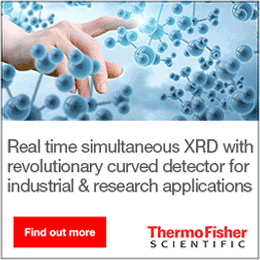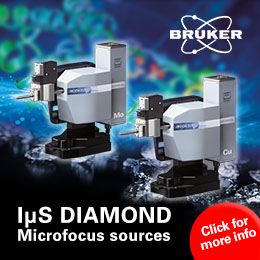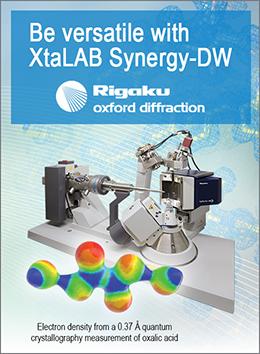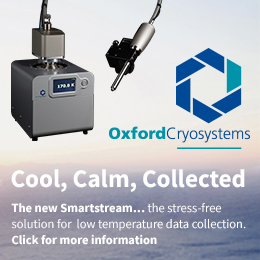


Meeting report
Neutron Macromolecular Crystallography Workshop at ECM31
![PEC Oviedo [PEC Oviedo]](https://www.iucr.org/__data/assets/image/0004/141259/PEC-Oviedo.jpg)
Palacio de Exposiciones y Congresos, Oviedo, Spain.
To the best of our knowledge, this was the first workshop on neutron macromolecular crystallography (nMX) held outside a specific neutron facility. Spread over a day and a half (21-22 August 2018), the talks were naturally grouped into facilities, deuteration, crystallization, software, and methods and applications. Some talks of course bridged two or more of these categories. In addition, software and validation of models before deposition in the PDB and checking files after release of PDB depositions emerged as a keen theme. Overviews were provided by Matthew Blakeley at the start and John Helliwell at the end of the workshop.
Within the facilities theme there were talks from Matthew Blakeley [Institut Laue-Langevin (ILL), France], Tobias Schrader [Heinz Maier-Leibnitz Zentrum (MLZ), Germany] and Flora Meilleur [Oak Ridge National Lab (ORNL), USA]. For crystallization there were talks from Monika Spano (IBS, France), José Gavira (CSIR-UGR, Spain) and Zoë Fisher (ESS, Sweden). Deuteration of proteins was described by Juliette Devos (ILL, France) and Zoë Fisher. Software and validation was described by Pavel Afonine (PHENIX; Lawrence Berkeley Laboratory, USA). A talk by Ashley Jordan of the ILL described magnetically aligned protein microcrystals for neutron diffraction studies.
There were a wide variety of application case studies described, each illustrating how they had previously investigated their chosen system using X-rays and/or spectroscopy and then came to use neutrons to resolve key questions regarding protonation, hydrogen bonding and hydration for their particular biological macromolecule of interest. Derek Logan (Lund, Sweden) presented an analysis of protein, ligand and water hydrogen bonding in galectin-3 by neutron crystallography to guide drug design. Motoyasu Adachi (Quantum Science and Technology, Japan) described the first neutron structural analysis of human casein kinase II. Katarina Koruza (Lund, Sweden) talked on how sweet to ‘see’ hydrogen atoms with neutrons: an explanation for carbonic anhydrase IX selective inhibition by saccharin and a derivative. Andrey Kovalevsky (ORNL, USA) described the unexpected protonation states and hydrogen bonding revealed by neutron crystallography in enzymes and nucleic acids. Irene Schaffner (Vienna, Austria) combined X-ray/neutron crystallography to investigate structure–function relationships of chlorite dismutase. Flora Meilleur showed the advantages of neutron macromolecular crystallography to elucidate the mechanisms of industrial and biomedical enzymes. Andreas Heine (Marburg, Germany) described the ligand protonation and changes of the water inventory determined by high-resolution neutron structures upon trypsin complex formation. Peter Moody (Leicester, UK) reviewed the secrets of heme peroxidases uncovered by neutron crystallography. Marvin Seibert (Uppsala, Sweden) described his progress thus far with a new project for neutrons on the carbon dioxide fixing enzyme rubisco.
In conclusion, it was very satisfying to see so many application projects from the five nMX instruments worldwide and the vigorous way in which those facilities envisaged further development and flexibilities in their provision for users. One would highlight dynamic nuclear polarisation for near elimination of hydrogen incoherent background being investigated in detail at ORNL. The workshop participants supported the call for a repeat of this excellent event two years on from ECM31. The support of the ECM31 local organisers was heartily acknowledged, as was the core of financial support from the ILL for which we were also very grateful.
Copyright © - All Rights Reserved - International Union of Crystallography







